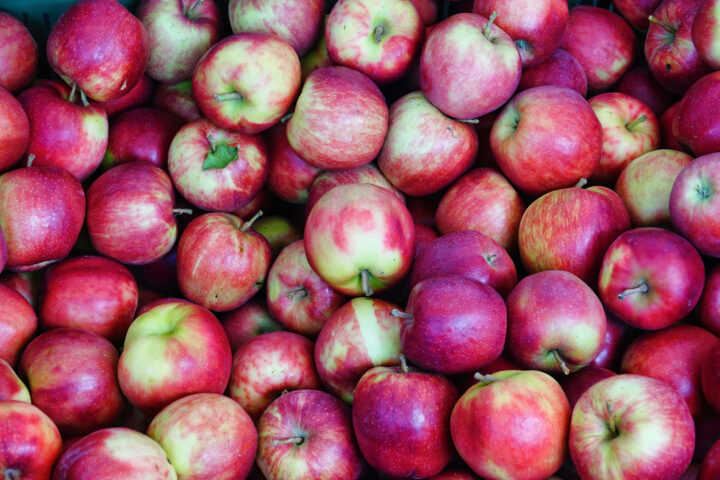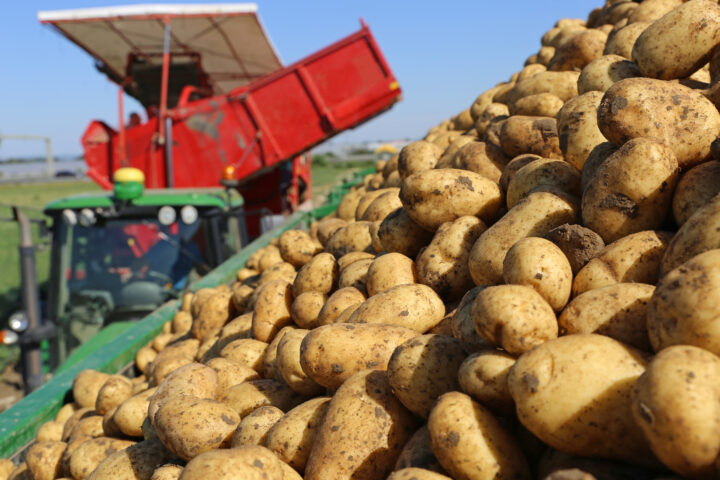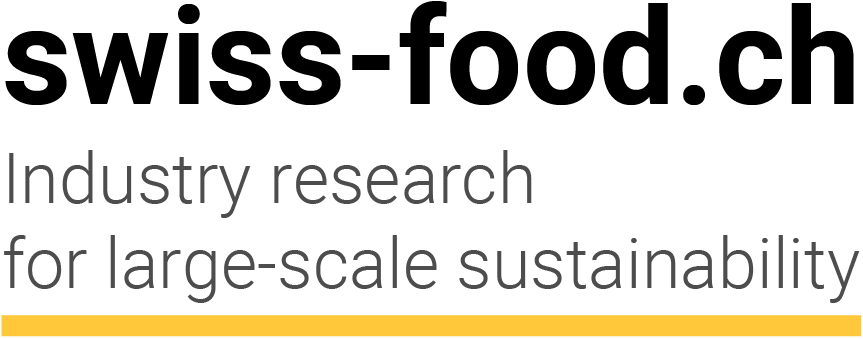
An innovation hub for cultured meat
Migros, Bühler and Givaudan are launching an innovation hub for cultured meat. A pilot facility in Kemptthal (canton of Zurich) is moving forward with the development and marketing of lab-grown meat. These new products are expected to outperform traditional meat in terms of their environmental impact, climate protection and animal well-being. The newspaper “BauernZeitung” has published a report.
Monday, October 25, 2021
Consumer awareness of environmental issues is growing. As a result, we are seeing a steady increase in demand for foods produced in a way that uses resources efficiently. Given global population growth and an increasing need for agricultural land, there is more demand than ever before for alternative sources of protein. Migros, Bühler and Givaudan believe that the use of cellular agriculture to produce cultured meat represents a great opportunity. The advantages are obvious: There is no need for livestock farming or antibiotics, less land and water are required, and animals need not be slaughtered. Consumers are learning more and more about the advantages of alternative meat, the three companies contend.
Sustainable meat through biotechnology
With their newly launched Cultured Food Innovation Hub, Migros, Bühler and Givaudan are making their technology and expertise available and supporting startups in their efforts to produce cultured meat, fish and other kinds of seafood. In a press release, they announced plans to add facilities for cell cultures and precision fermentation. The hub is expected to begin operations in 2022. In a laboratory, fermentation will be used to culture meat products from animal cells. The goal is to produce cultured meat with a taste and texture that are indistinguishable from meat taken from an animal. If this effort is successful, future meat lovers will be able to enjoy steaks and hamburgers in good conscience. Modern technology is opening up entirely new business areas for the food industry.
Precision fermentation
In biotechnology, fermentation refers to the transformation of organic material through microorganisms such as bacteria, fungi or enzymes (ferments). This process produces acid, gas or alcohol. We have long known about the process of fermentation, and products like wine, cheese, yoghurt, bread, beer, chocolate and sauerkraut would be inconceivable without it. Microorganisms are able to create large amounts of substances that would be difficult to produce solely through chemical processes. In precision fermentation, bacteria can be used, combined and programmed in a precise way to improve a product’s taste or optimize its texture. This makes it possible to produce animal-free animal proteins in large tanks from plant-based raw materials. With precision fermentation, a growth medium could be created for growing meat quickly in the laboratory.
Resource-efficient agriculture
Resource efficiency refers to the efficient use of technical and economic as well as natural resources. It is defined as “the ratio of a certain benefit or result to the resources that must be used to achieve it.” Resource-efficient agricultural production seeks to optimize harvest yields while using as few production resources as possible (including labor, financial resources, energy, land, water, fertilizer and pesticides) and putting as little burden as possible on natural resources (water, soil, biodiversity, air and the climate), while achieving the largest and highest-quality yield possible.
Related articles

Science resists ban on GMO crops
The Supreme Court in the Philippines wants to stop the cultivation of genetically modified plants Golden Rice and Bt aubergine (Bacillus thuringiensis). This is anything but well received by the government and the scientific community: The ban could jeopardise the country's food security.

Where the focus lies in apple breeding
The new head of Agroscope's fruit breeding research group is Andrea Patocchi. In an interview with the trade journal Obst + Wein, he explains where the focus of apple breeding lies today.

Chinese robot picks tea
There is a shortage of tea pickers in China. A robot developed by a researcher is set to remedy the situation and take over the work in future. Thanks to artificial intelligence, the machine can even recognise the shoots of the tea plant. The first harvesting robots are also already being developed in Switzerland.

Potato farmers want robust varieties
As the use of crop protection has been massively reduced, the potato industry now wants to focus on more robust varieties. The industry has even concluded a target agreement with the federal government. This is ambitious: By 2040, robust varieties are to grow on 80% of potato cultivation areas.

